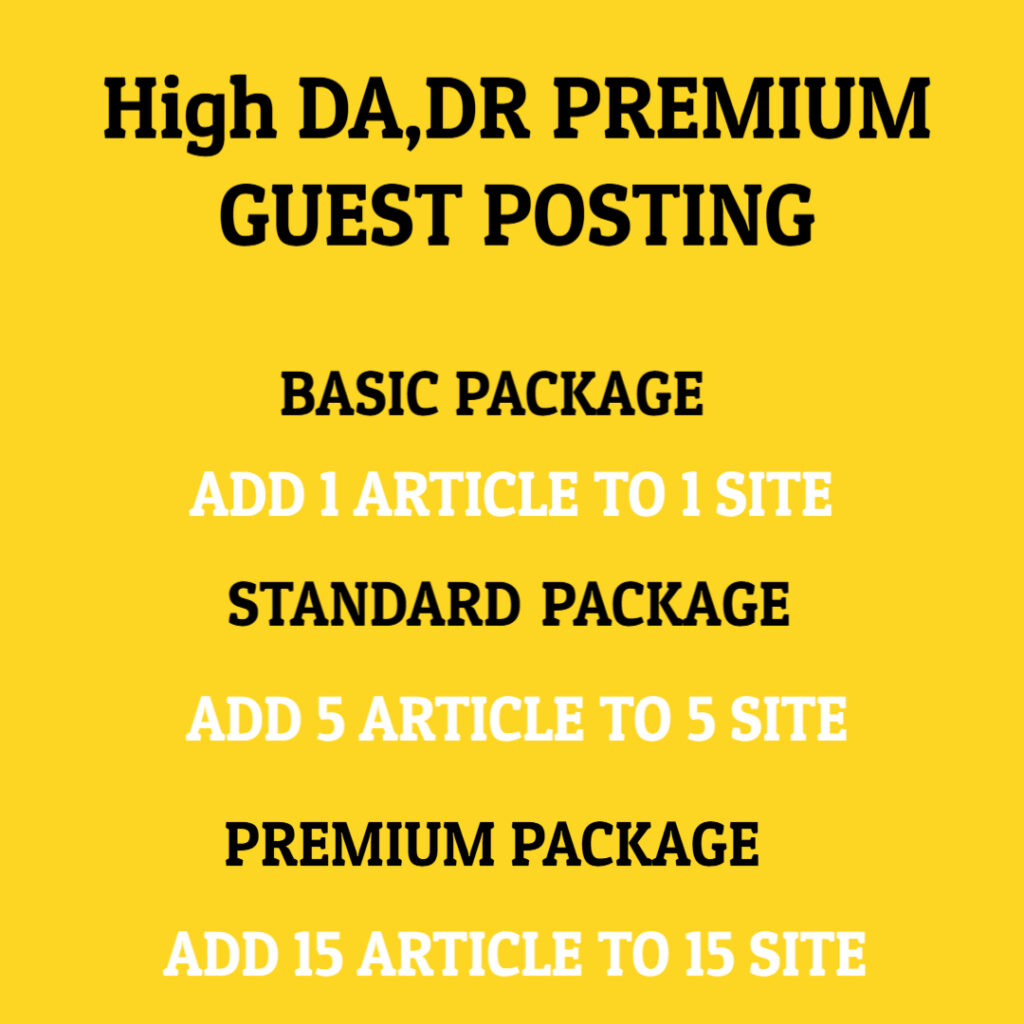In today’s dynamic property market, understanding the true condition of a home is not just a matter of interest—it’s a necessity. Buyers, insurance companies, and even local governments increasingly rely on precise inspection data to make informed decisions. But while full-home inspections provide detailed overviews, many situations require a more focused, practical evaluation of a property’s essential systems.
This is where limited-scope inspections come into play. These targeted assessments are designed to answer specific questions about a home’s reliability, safety, and insurability. For example, when homeowners apply for or renew property insurance, insurers often want assurance that major systems are functional and not likely to fail in the near term. This is particularly true in areas with older housing stock or high environmental risk.
Rather than evaluating every detail of a property, some inspections prioritize the most critical infrastructure components—those most likely to be costly if they fail. Focusing the evaluation not only reduces time and cost but also provides insurers with the core data they need to assess risk accurately.
These streamlined assessments typically center on four key areas: roofing, electrical systems, plumbing, and the HVAC system. Each of these systems plays a direct role in the overall safety and functionality of a home. If any one of them is outdated or in poor condition, it can lead to serious consequences—from fires and water damage to mold growth and system breakdowns.
Let’s consider each area. The roof is a property’s first line of defense against the elements. Inspectors assess its age, material, visible condition, and signs of leaks or past damage. For insurance purposes, even minor wear can trigger red flags. In regions prone to hurricanes or heavy rainfall, roof integrity is a non-negotiable element of home safety.
The electrical system is another priority. Inspectors check the panel type, wiring material, and visible connections. Outdated systems, such as those using knob-and-tube wiring or panels with a history of malfunction, are carefully documented. These systems not only fail to meet modern codes but also pose significant fire risks.
Next is plumbing. Older galvanized pipes, visible leaks, or non-code-compliant repairs can all indicate potential for water damage. Inspectors check for signs of corrosion, water pressure irregularities, and the presence of lead components, especially in homes built before regulatory changes took place.
Finally, the heating, ventilation, and air conditioning system is reviewed. A functioning HVAC system isn’t just about comfort—it plays a major role in air quality, energy efficiency, and overall livability. Inspectors look for evidence of maintenance, date of last service, and whether the unit is operating safely and efficiently.
A 4 Point Inspection combines all of these into a concise report that offers both an overview and a status check. It doesn’t detail cosmetic issues or offer buyer advice, but rather provides a structural snapshot for risk evaluation. For insurance underwriters, this is exactly the level of detail needed to decide whether to approve a policy, request repairs, or deny coverage outright.
This type of inspection is especially common in older homes—typically those over 25 or 30 years old—where the likelihood of system failure increases significantly. In many cases, insurers will not issue or renew a policy without receiving documentation that the four core systems are in acceptable condition.
Importantly, a 4 Point Inspection is not a replacement for a full pre-purchase home inspection. It doesn’t assess the foundation, insulation, appliances, or many other features critical to evaluating a home’s overall value. Instead, it serves a distinct purpose: verifying that the primary systems are in working order and unlikely to present imminent hazards.
From the homeowner’s perspective, this inspection also offers clarity. If deficiencies are noted, they can take action before a major system fails or causes damage. This proactive approach often results in fewer insurance complications and a smoother underwriting process.
Some homeowners also choose to schedule this type of inspection independently—outside of insurance requirements—as a way to prepare for future policy applications or plan renovations. Knowing where upgrades are needed allows for smarter budgeting and prioritization of home improvement efforts.
In the broader context of property maintenance and risk management, targeted inspections provide meaningful insight without the expense of full-scale evaluations. As insurance markets tighten and climate risks grow, homes with documented, well-maintained core systems are not only safer—they’re more insurable, marketable, and financially secure.


